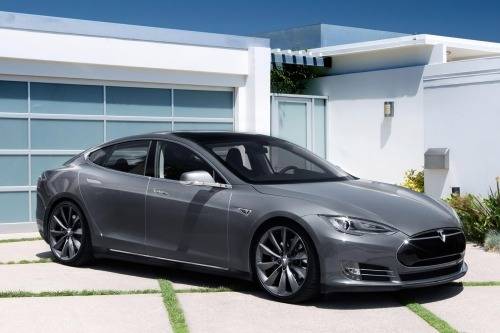
Electric vehicles are having a hard time to convince new customers. Apart from range issues and charging hassle, the fear of battery degradation during the lifecycle of the car definitely plays a part too. But is this fear justified?
Most OEMs work with lithium-ion batteries because they offer the best properties today. “Each battery is basically a crystalline structure. Each time you charge the battery, you add an electron or remove one from this structure. The fact that you actually modify the structure time and time again means you weaken it. You could compare it with bending a metal plate over and over again. At a given point, the plate will tear”, explains automotive researcher Mark Pecqueur.
Big battery, low degradation
The current lithium-ion technology allows batteries to be charged between 1,000 and 1,500 times. “A car with a bigger battery will be affected less by degradation than a car with a smaller battery. A Tesla, for instance, can travel 300 km on a single charge. Even when it has 150,000 km on the odometer, the battery has only been charged 500 times. That leaves at least another 150.000 km for the battery to become degraded”, Pecqueur clarifies.
So the fact Tesla forums report that Model S cars lose less than 10 percent of their battery capacity after 160,000 km should not come as a big surprise.
The battery can be repaired, incidentally. “Not all cells are broken when a battery has degraded to such an extent it can no longer serve as an energy source for cars. There are other scenarios than the ‘second life’ one, in which the battery is refurbished to become a static energy storage or buffer.
Not less, but different maintenance
It is generally assumed that EVs require less maintenance and repairs than combustion engine vehicles. Mark Pecqueur dares to challenge that assumption. “I believe the maintenance will not be less, but just different. The battery is the most expensive component of the car. That is why it makes sense to keep it in service as long as possible.”
“You could for instance take out the bad cells and unite the ones that still offer 70 or 80 percent into a new unit. These refurbished batteries, which offer 70 to 80 percent of the initial capacity, could be sold at an attractive price. A Dutch company is already working along these lines.”
Hybrid better than EV
Battery degradation depends on many elements. One of them is the way they are required to deliver their energy. “In sportscars, such as the Porsche Panamera Hybrid, the relatively small battery has to endure much hardship during acceleration. That cannot remain without consequence”, Pecqueur points out.
Still, a hybrid allows you to charge the cells at any given time, contrary to electric vehicles. “After a while you get a difference between the cells. They get out of balance: the best ones still give 70 percent for example, whereas the worst ones are at 50 percent. To solve this issue you can deeply discharge the battery, reducing the 50 percent from the bad cells to 0 and the 70 percent of the good ones to 5-odd percent. Then you instantly recharge them, reducing the difference from 20 percent to a mere 5 percent. That’s only possible with a hybrid.”
Battery management: the key
The most important role in the degradation story is played by the battery management system. The latter takes into account the outside temperature, amongst other things, to avoid overloading the battery. “Some systems even monitor things on a cellular level, enabling a much more precise management, which leads to a longer life. Toyota and Tesla are absolute masters in this respect”; explains our expert.
What about solid state technology? “Today, there are several alternatives to the current lithium ion technology, but they do not offer the same performance. Solid state batteries, too, are likely to rely on lithium ion. How fast we will see this on the market depends on the scalability of the technology. It requires new factories, and I can assure you: the current liquid lithium ion battery makers first need to earn back their investment before they will switch to solid.”
So it stands to reason that solid state will mainly be pushed by new players, who haven’t invested in liquid yet? “Probably. But don’t expect the technology to be ready for another few years. Today, it offers limited advantages over liquid batteries. The first lab results might be spectacular, there is a huge gap to bridge between lab and real life.”
